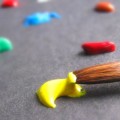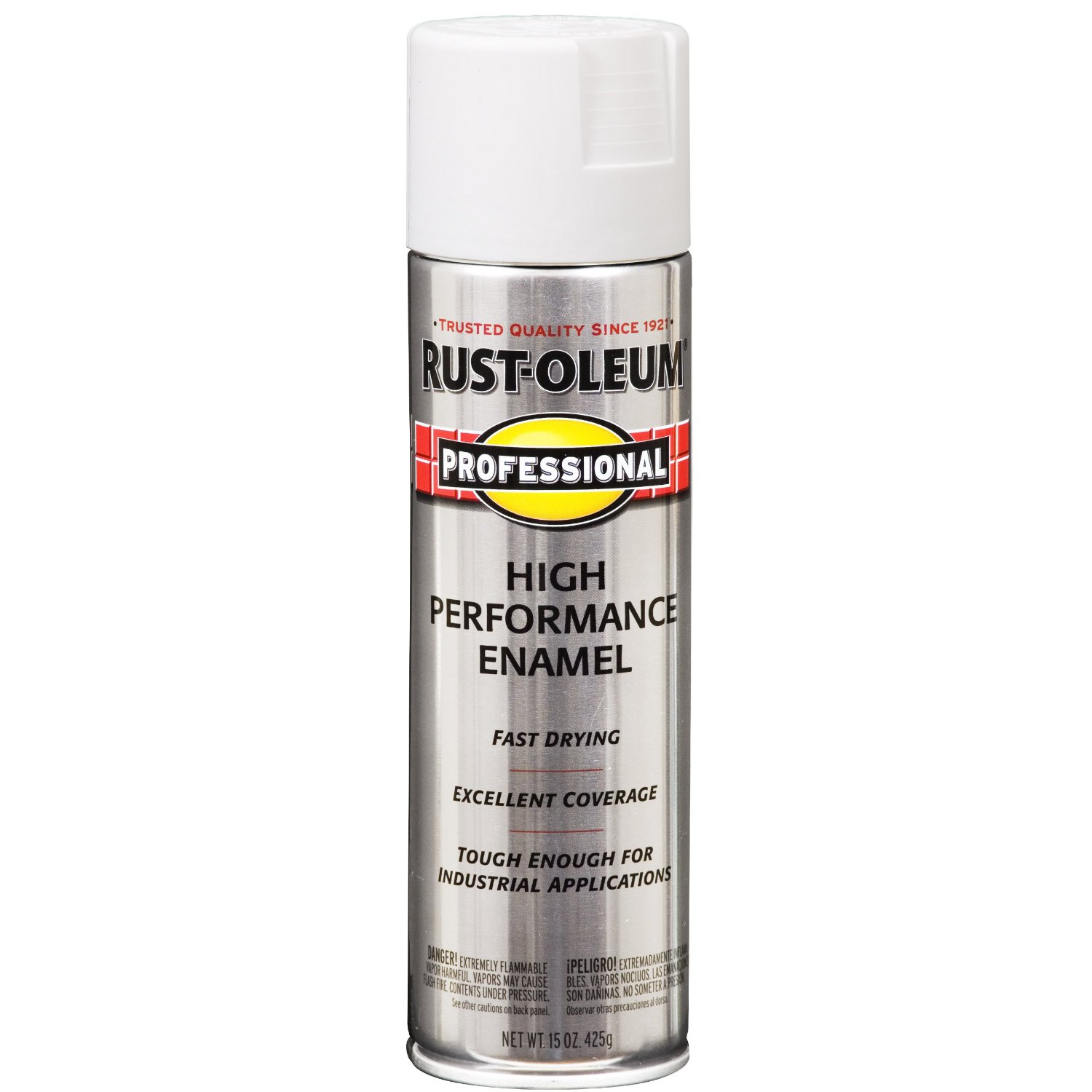Wood finishing, as its name suggests, is the last step in the process of repairing and refinishing furniture. Some use wood finishes to protect their furniture while others use them just to make their furniture look more appealing. There are many different kinds of finishes available for wood finishing. Although some may be used interchangeably, results would be best if you use the appropriate finish for your furniture. In order to help you distinguish the differences between each one, this article discusses some of these finishes: shellac vs. polyurethane and varnish vs. lacquer.
What is Shellac?
Shellac is a clear gloss finish that comes from the secretion of an insect and is mixed with alcohol. It comes in many colors and can be used either as a finish or as a sealer. It dries very fast but is also easily damaged. It also tends to define the wood’s grains and color, and gives it a warm feel. It’s a great idea to use shellac if you are not going to place the furniture in humid environments or in places where they are exposed to water or alcohol. It’s safe to use Shellac for utensils or toys since they don’t contain any toxic fumes. On the other hand, perfumes and alcoholic beverages may actually damage a shellac finished wood surface . The surface may also be damaged by hot items and alkaline compounds that are frequently found in cleaning products. Furthermore, shellac tends to show scratches and white rings when in contact with water. It also doesn’t penetrate the surface so it may form some sort of film on top of the wood.
It is important to note that when buying shellac, you should only buy the amount you need. This is because keeping it in the can for a long period of time will spoil it. When spoiled, this finish can actually give out a very foul odor.
What is Polyurethane?
Polyurethanes, on the other hand, are clear film finishes that can either be flat, satin-like, or glossy in appearance. It is a plastic resin that is carried in solvents. This type of finish is very hard and usually wears off only after a long period of time. It can either be oil-based or water-based. Water-based polyurethane dry faster so there is a lower chance of bugs and dust getting stuck in it. It also has the ability to resist environmental harshness. However, it can be difficult to repair when damaged. Nevertheless, water-based polyurethanes are popular among those who like to do-it-themselves because they are usually non-toxic. Urethane Vs Polyurethane
For information please refer to these posts:
Water Based vs. Oil Based Polyurethane
What is Varnish?
Varnish is a clear film finish that is made from oils and resins. It is a durable material that has a fairly high percentage of solids so only a few coats are needed for the finish. It can also give your wood a nice shine and a glossy finish. Satin sheen finishes can also be obtained by adding flatting agents to your varnish. Varnish also gives your furniture a protective film making it weatherproof and easier to clean. Although both varnish and lacquer are flammable, varnish is a bit safer to use than lacquer since it is the less flammable between the two. However, it may take a while for it to dry and it may also become yellow over time. Furthermore, it is not very easy to repair.
Varnish is usually applied by brushing. This is because of its thickness and the nature of the chemicals that it contains. Although this type of finish is usually applied on indoor furniture, there are certain types of varnishes that are specially made for outdoor ones as well.
What is Lacquer?
Lacquer is a solvent-based finish that can be applied on both wooden and metal furniture. It is usually clear but it may also come in different tints and colors. It contains plasticizers that make it harder and more durable than varnish. It dries more quickly. The very hard finishes that some lacquers can produce actually help your furniture look more beautiful and become more resistant to damage. Lacquer is also easier to repair, but is more flammable than varnish. Like varnish, lacquer can produce surfaces that are shiny and glossy because it contains shellac mixed with alcohol. However, unlike varnish, no flatting agents are required. There are many different levels of sheen available for lacquer, so make sure you pick the right one. Due to its natural gloss, only one coat is needed instead of the many coats needed for varnish. However, it can easily be scratched and it may also become yellow over time.
Although lacquer may be applied by both spraying and brushing, it is more often applied by spraying since it is thinner. Lacquer is also usually used on outdoor furniture and generally applied as a top coat.
There are many different kinds of finishes that you can use to refinish your furniture. It is important to know the differences between each so that you know which one will apply the best to your furniture. This article discussed the differences between shellac vs. polyurethane and varnish vs. lacquer. Using the information in this guide will hopefully bring you more satisfying results.



It would be good to advise us on the advantages of these products when sealing wood windows which are not esposed to tons of UV . I am thinking of my maintenance of metal clad wood casement windows in my home which have suffered damage by water. My concern is not for asthetics but for durability in the exterior. The shashes are joined at the corners with screws typically and need a penetrating protective coat. Of course when a window pane is broken the joint must be seperated. I have used Cuprinol in the past and been disapointed in it’s performance.
FALSE: “Like varnish, lacquer can produce surfaces that are shiny and glossy because it contains shellac mixed with alcohol”
Shellac is the secretion of a bug. Mixed with alcohol, can be used for finishing
Laquer is a complex mix of polymers, nitrocellulose (or acrylic compounds) and laquer thinner.
which finnish is best for wooden musical instruments
I understand that De-waxed Shellac is a great choice for instruments. It has a great protective property that is easy to touch-up if needed. Also, It handles vibrations really well with respect to frequency pitch and sound. You can find it in just about any hardware store which is also a big plus. Hope this was helpful..
What is hard shellac? Where can I obtain it? Can regular shellac be substituted?
what type of finish should I use to restore a 42 year old cradle. It is Oak Hill and in great condition, use murphy oil soap to clean it as it has been in the attic,